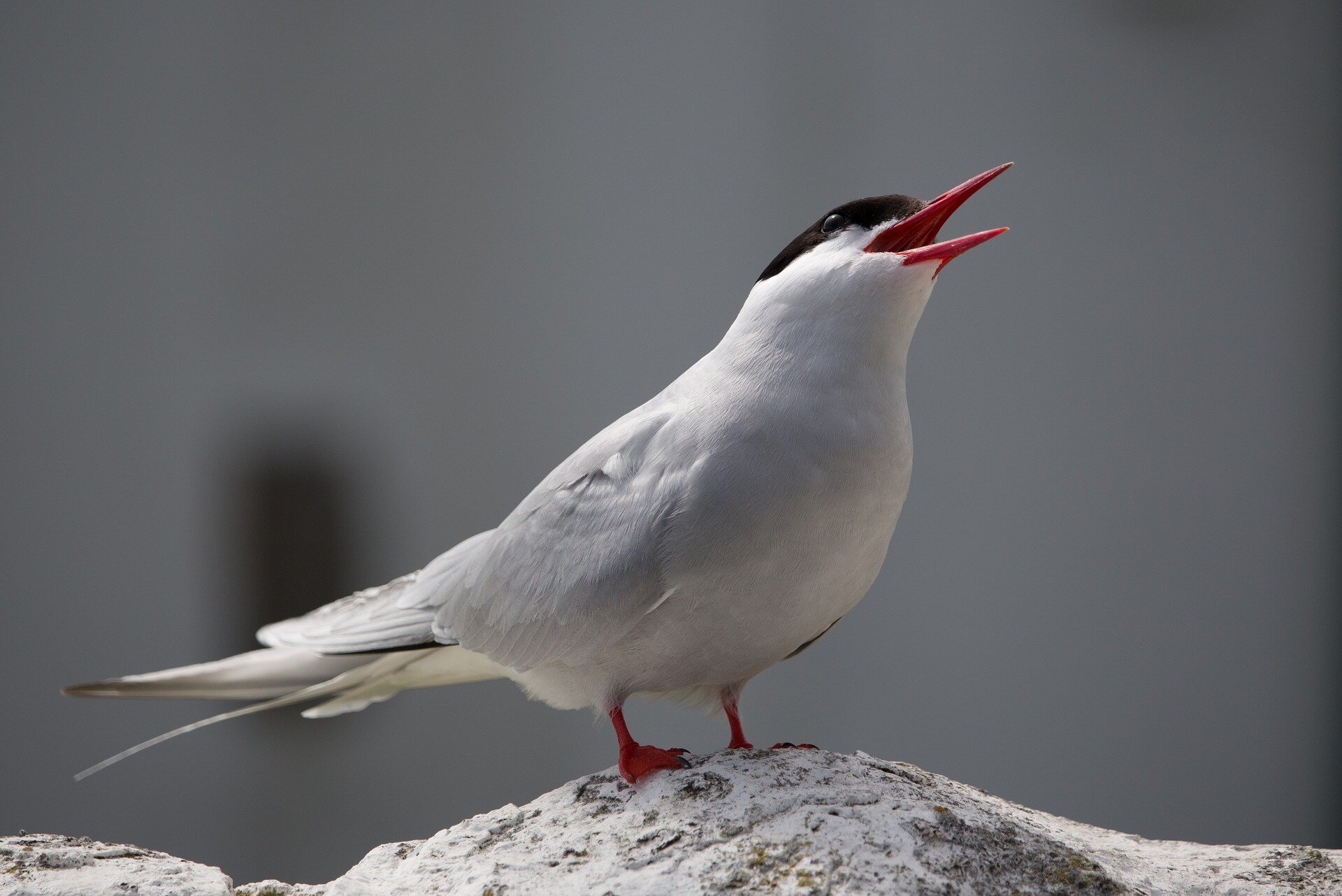According to new research, Arctic terns, known for their long migrations, may have the ability to navigate the challenges posed by climate change. These birds breed in the north and travel to Antarctica for the Southern Hemisphere summer, covering enough distance in their lifetime to travel to the moon three times.
The University of Exeter and the Met Office led a study to assess the potential effects of climate change on Arctic terns during their non-breeding season. The research focused on changes to prevailing winds, primary productivity (which affects food availability) at key sites visited by the terns, and Antarctic sea ice.
The study, titled “Global warming and Arctic terns: estimating climate change impacts on the world’s longest migration,” was published in the journal Global Change Biology.
While there may be some challenges foraging in the North Atlantic in the future, the overall impact of climate change on migrating terns is expected to be minor. Their ability to adapt and resilience in vast areas contribute to their ability to withstand changes. However, the study emphasizes that multiple small effects could still harm this long-lived species, and other species may struggle to adapt to local and regional changes.
Dr. Joanne Morten from the University of Exeter stated, “Arctic terns rely on productive oceans for food, sea ice for rest and foraging, and prevailing winds during flight. While our findings suggest this species may be resilient, carbon emissions targets must be met to slow projected end-of-century climatic changes and minimize extinction risk for all species.”
The study utilized observations of ongoing climate change and multiple climate and Earth System Models to project changes until 2100. The impacts of two emissions scenarios, “middle-of-the-road” and “fossil-fueled development,” were examined. The latter scenario showed a decline in primary productivity in the North Atlantic, a crucial feeding ground for numerous seabirds and marine animals.
However, minimal changes in primary productivity were projected at three other key sites for Arctic terns: the Benguela Upwelling, the Subantarctic Indian Ocean, and the Southern Ocean. The potential impact of Antarctic sea ice decline on terns remains uncertain, and projections indicate only small changes to prevailing winds, except in the Southern Ocean.
The interdisciplinary approach of the study brought together ecologists and climate scientists through a virtual Climate Data Challenge “hackathon” facilitated by the University of Bristol and the Met Office. The research team included scientists from the universities of Liverpool, Bristol, Washington, Oxford, and Iceland.
For more information, refer to the article “Global warming and Arctic terns: estimating climate change impacts on the world’s longest migration” published in Global Change Biology.
Provided by the University of Exeter.
Citation:
“Arctic terns may navigate climate dangers.” Phys.org, 26 July 2023, phys.org/news/2023-07-arctic-terns-climate-dangers.html.
Note: This content is protected by copyright and should not be reproduced without permission.
Denial of responsibility! TechCodex is an automatic aggregator of the all world’s media. In each content, the hyperlink to the primary source is specified. All trademarks belong to their rightful owners, and all materials to their authors. For any complaint, please reach us at – [email protected]. We will take necessary action within 24 hours.

Jessica Irvine is a tech enthusiast specializing in gadgets. From smart home devices to cutting-edge electronics, Jessica explores the world of consumer tech, offering readers comprehensive reviews, hands-on experiences, and expert insights into the coolest and most innovative gadgets on the market.


